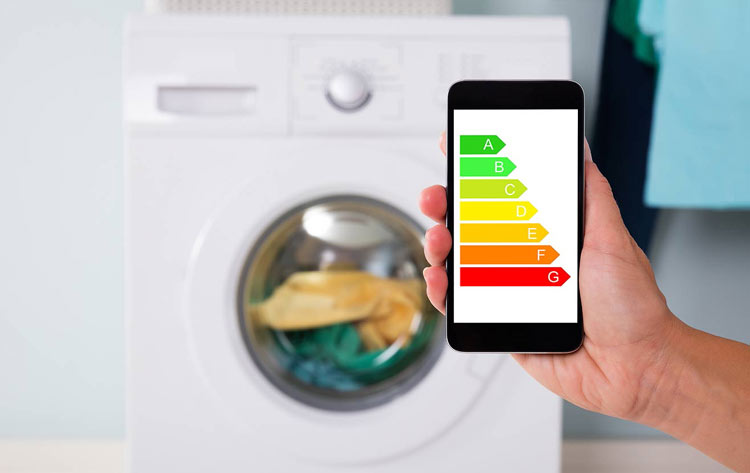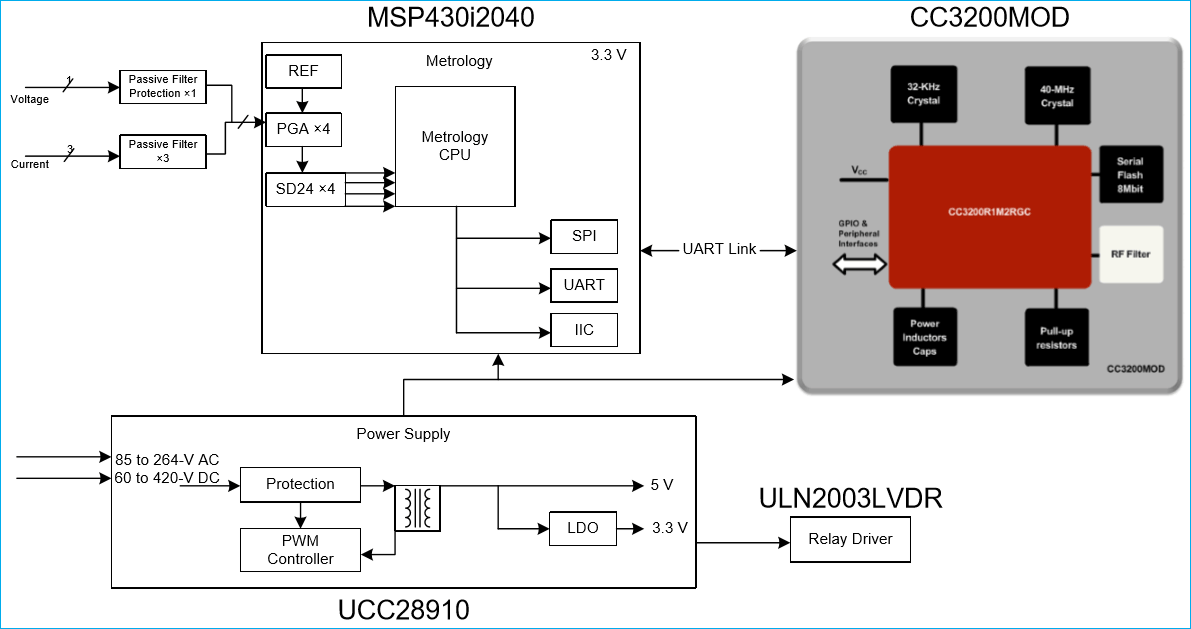
Imagine how nice it would be if you can see the energy consumption of your house or any commercial apartment sitting anywhere in the world. Doesn’t it sound cool? That introduces the concept of Smart Metering. So what is smart meter? – A smart meter is an electronic device which is trending from 15 years which records the consumption of electricity and gives information to the electricity supplier for billing like other normal Electricity meter.
Paraskevakos was awarded a U.S. patent for this particular technology in the year 1974. He launched Metretek which developed and produced the first fully automated, commercially available remote meter reading and load management system without internet connection in 1977. Which countries have smart meters? – Roll out is completed in Italy, Finland, Sweden. Roll outs are planned or undergoing n some European countries. Around 2020, 17 European countries will have rolled out smart meters.
What do smart energy meters require?
- High-speed, robust wireless and wired communications.
- Real-time or near-time registration of electricity use and possibly electricity generated locally e.g., in case of photovoltaic cells.
- Accurate current and voltage measurement of current transformers, shunts or other sensors.
- Security against magnetic and mechanical tampering
Description
Since the given design operates the hardware powered directly from AC supply; it is better if professionals who received appropriate technical training should operate the hardware if you want to implement. This design uses the Texas Instruments CC3200MOD and MSP430i2040 as the development platform for communication and electrical metering, respectively. Starting from the TI Design TIDM-3OUTSMTSTRP as the metering data source, a communication board designed using the CC3200MOD is added for Wi-Fi communication. The metering data can then be read and the relay can be controlled by using a browser.
Circuit Diagram
MSP430i2040 — 16-Bit Mixed Signal Microcontroller
The MSP430i2040 is used in this design as the metrology processor. Its four 24-bit sigma-delta analog to digital converters (ADCs) allow accurate energy measurements, providing read of voltage, current, power (active, reactive, apparent), power factor, and frequency of three AC outlets. The MSP430i2040 requires only a few passive external components to interface directly to the voltage divider and current shunt for voltage and current measurements.
CC3200 — Simple Link Wi-Fi CC3200 Internet-on-a-Chip Wireless MCU Module
The CC3200MOD is used in this design as the Wi-Fi controller that integrates an ARM® Cortex™-M4 MCU, allowing customers to develop an entire application with a single device. With on-chip Wi-Fi, Internet, and robust security protocols, no prior Wi-Fi experience is required for faster development.
UCC28910, UCC28911 High-Voltage Flyback Switcher
Constant-voltage (CV) and constant-current (CC) output regulation without optical coupler, has thermal shutdown, Low line and output overvoltage protection.
ULN2003LV 7-Channel Relay and Inductive Load Sink Driver
It has 7-channel high current sink drivers and supports up to 8-V output pullup voltage.
Design of Smart Meter
1. Metering
This design uses the MSP430i2040 as the metrology processor. The TI Design TIDM-3OUTSMTSTRP is used as the platform of the metering part. The hardware and firmware are slightly modified to add relay control alighted to zero crossing.
2. Metering Data Access
This design uses the HTTP Web Server on the CC3200 transfer data from the MSP430i2040 metering hardware. This transfer allows metering data to be accessed using a web browser on any platform. The HTTP server listens on the HTTP socket (default to 80) then handles the request (HTTP GET or HTTP POST) by retrieving the web page files from the serial flash. The server then calls to an HTTP event handler to operate on the variable contents. It then composes an HTTP response and sends back to the client over the Wi-Fi link.
3.Handling Dynamic Data Items
To allow the metering data to be read with an HTML file with dynamic contents, the HTTP web server supports a set of predefined tokens, which will be replaced on-the-fly by the server, with dynamically generated content. Some tokens are predefined in the HTTP server with additional tokens that can be defined in user application.
The HTTP server scans the HTML page for the "__SL_G_" prefix. If the server finds a prefix, it checks the complete token. Once it matches a known token, it replaces the token in the HTML with the appropriate data (string) that matches that token. If the token is not in the predefined list, the server generates a get_token_value asynchronous event with the token name. This request eventually calls to the HTTP event handler in the main.c code file. The handler then interprets the token and responds to the token value with a send_token_value. The HTTP web server uses this token value and returns it to the client. To send data from client to the HTTP server, the server will check for the "__SL_P_" prefix. Then the server goes over the parameters list and checks each variable name to see if it matches one of the known predefined tokens. If the variable names match the predefined tokens, the server processes the values. If the HTTP web server receives an HTTP POST request that contains tokens not in the predefined list, the server generates a post_token_value asynchronous event to the host, which contains the following information: form action name, token name, and token value. The host can then process the required information.
4. Implementation of HTTP Event Handler
To facilitate dynamic data, the user defined token is defined for the set of data to be retrieved:

Go through Texas instruments Wi-Fi link for energy Monitoring document- http://www.ti.com/tool/TIDC-WIFI-METER-READING for detailed explanation of event handling, hardware connection and to download the software files, see the link above with name TIDC-WIFIMETER-READING. The software files are distributed using a self-extracting executable file, which default to install onto TIDCWIFI-METER-READING-SOFTWARE on the user’s desktop.
- After the hardware is connected, download the firmware to its corresponding hardware.
- Once the connection is done, you will reach programming part. Set the Wi-Fi module to programming mode by switching the SOP2 DIP switch on the Wi-Fi module to the ON position.
- After loading the firmware and setting it up as described in the link, you are ready to test.
Test Setup
To test the design, set up the hardware loaded with the firmware. Then apply AC voltage to the AC input of the power strip. The LEDs on the TIDM-3OUTSMTSTRP will light up; the LED on the Wi-Fi should flash as well. To start testing, use a smartphone, tablet, or PC with Wi-Fi. Look for the SSID "mysimplelink-XXXXXX" (where "XXXXXX" is a six-digit hexadecimal number) and connect to it. Launch a browser and type in the URL "mysimplelink.net".The main page will be shown with the name of the meter in the upper left hand corner (which is "MSP430i2040 3 SOCKET POWER STRI"). Then click on "Reading"to see the details.
There is no doubt about the potential benefits of smart metering. Smart meters are indispensable for all market parties:
- for metering companies to decrease meter reading costs;
- for grid operators who want to prepare their grid to the future;
- for energy suppliers who want to introduce new, customer made services and reduce call centre cost;
- for governments to reach energy saving & efficiency targets and to improve freemarket processes;
- for end users to increase energy awareness and decrease energy use and energy cost.
Introduction of smart metering seems also a logical step in a world where all communication is digitalized and standardized (Internet, E-mail, SMS, chat boxes etc.) and where cost of 'digital intelligence' is still rapidly decreasing. The effects of smart meters on health are not dangerous according to many officials. Although the research is going on as all around the world people are reporting wireless is affecting their health.
Smart meters are found to be very accurate and getting more control over the electricity bills make us to have one.
About the Author

Priyanka Umrani works as Analog Layout Design Engineer with Texas Instruments, India







Nice! Is there any way to convert any meter support such functionality may be by just small addon chip?